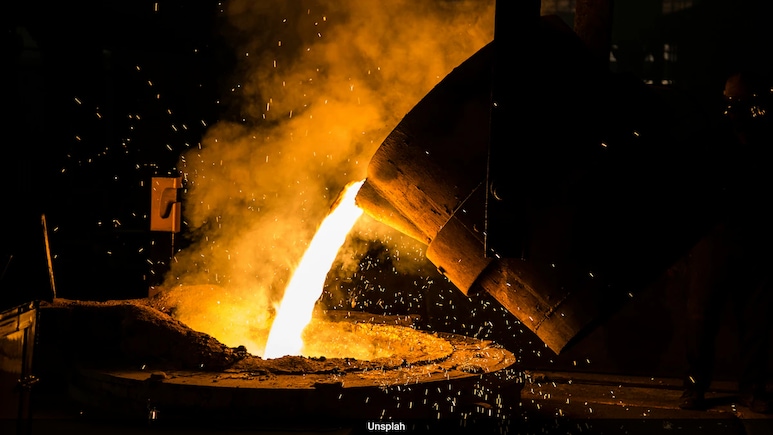
Archaeologists may have uncovered crucial insights into the origins of the Iron Age through the study of a 3,000-year-old smelting site in southern Georgia. The site, known as Kvemo Bolnisi, was previously believed to have been used for iron production due to the presence of hematite (an iron oxide mineral) and slag, a common byproduct of metal smelting.
However, a new analysis led by anthropological archaeologists Nathaniel Erb-Satullo and Bobbi Klymchuk from Cranfield University, UK, has revealed a different possibility. Using advanced chemical analysis and microscopic imaging, the team concluded that the iron oxide at the site was likely used as a flux, a material added to smelting furnaces to aid in the extraction of copper.
This finding suggests that the discovery of iron may have happened accidentally during copper production, rather than as a separate development. While this theory has been proposed in the past, the current study provides new direct evidence supporting the idea that early iron use could have emerged from copper-smelting experiments.
The research has appeared in the Journal of Archaeological Science.
This breakthrough may reshape our understanding of how one of the most important technological transitions in human history began.
Dr Nathaniel Erb-Satullo, Visiting Fellow in Archaeological Science at Cranfield University, said: "Iron is the world's quintessential industrial metal, but the lack of written records, iron's tendency to rust, and a lack of research on iron production sites has made the search for its origins challenging.
"That's what makes this site at Kvemo Bolnisi so exciting. It's evidence of intentional use of iron in the copper smelting process. That shows that these metalworkers understood iron oxide - the geological compounds that would eventually be used as ore for iron smelting - as a separate material and experimented with its properties within the furnace. Its use here suggests that this kind of experimentation by copper-workers was crucial to development of iron metallurgy.
"There's a beautiful symmetry in this kind of research, in that we can use the techniques of modern geology and materials science to get into the minds of ancient materials scientists. And we can do all this through the analysis of slag-a mundane waste material that looks like lumps of funny-looking rock."
Track Latest News Live on NDTV.com and get news updates from India and around the world

